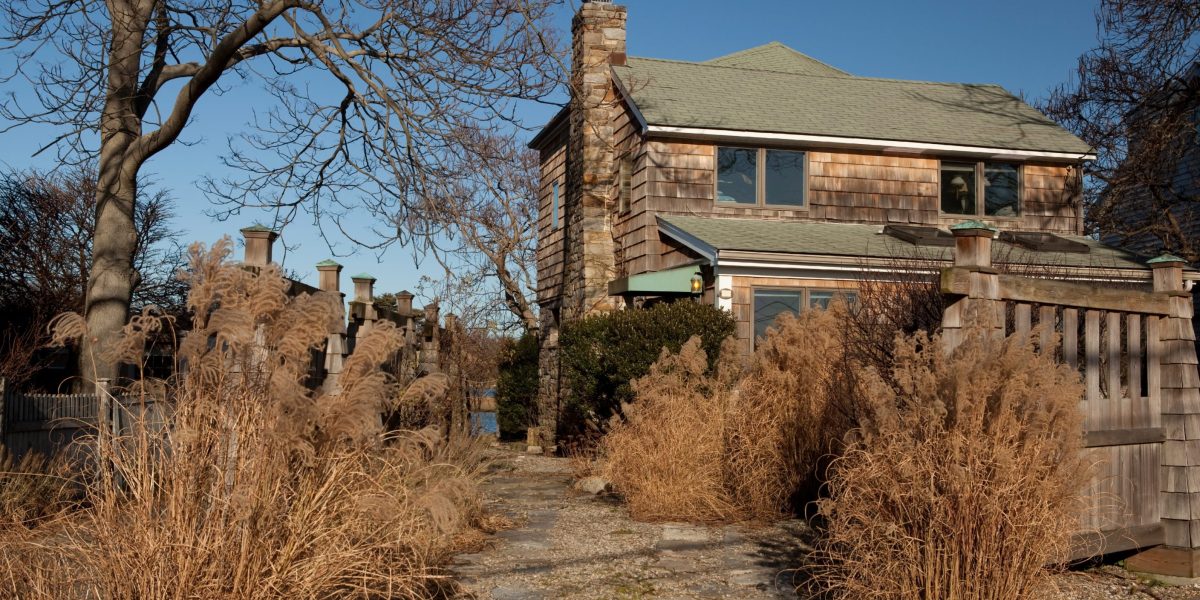This post was originally published on this site
https://fortune.com/img-assets/wp-content/uploads/2024/03/GettyImages-134835359_1207fc-e1711125174235.jpg?w=2048
An Oak Island home, situated on Long Island’s southern shore near Fire Island, won’t come with electricity, trash collection, or emergency services. And it’s only accessible by boat.
It’s on sale for $500,000.
Yes, the area offers beautiful ocean views and the chance to rough it on a quiet island oasis just 50 miles from Times Square. Oak Island life is for those with “a very hearty soul,” a resident told The New York Times in 2021, and rewards people who don’t mind doing almost everything on their own.
But there’s not a single store, restaurant, or postal services, the New York Times reported. Residents rely on solar panels, battery-powered pumps, and propane-fed gas lamps—and notably, it’s illegal to live there the whole year. Its 14,000-plus residents return to their waterfront properties seasonally during the summer months.
The listed house—a four bedroom, two bathroom with 1,950 square feet—was built in 1904 and comes with a small cottage towards the back of the property, a fireplace, and a private waterfront dock. It offers about an acre of land and has “no damages from Hurricane Sandy,” according to the property listing, which was one of the costliest storms in U.S. history.
According to Redfin, the average house in Long Island sells for about $645,000, up more than 12% since last year—and it’s much in line with rising home prices that people are facing all over the country.
The growing unaffordable housing crisis has been pushing some people to try alternatives, like moving off the grid, which is now a $2.27 billion market poised to reach $4.5 billion by 2030, according to a SkyQuest report. More expensive housing means demand for tiny or off-the-grid housing is “likely to rise significantly over the next five years,” according to SkyQuest, and that younger people who can’t afford home prices and retired people who struggle to maximize their savings will be the main drivers of its growth.





